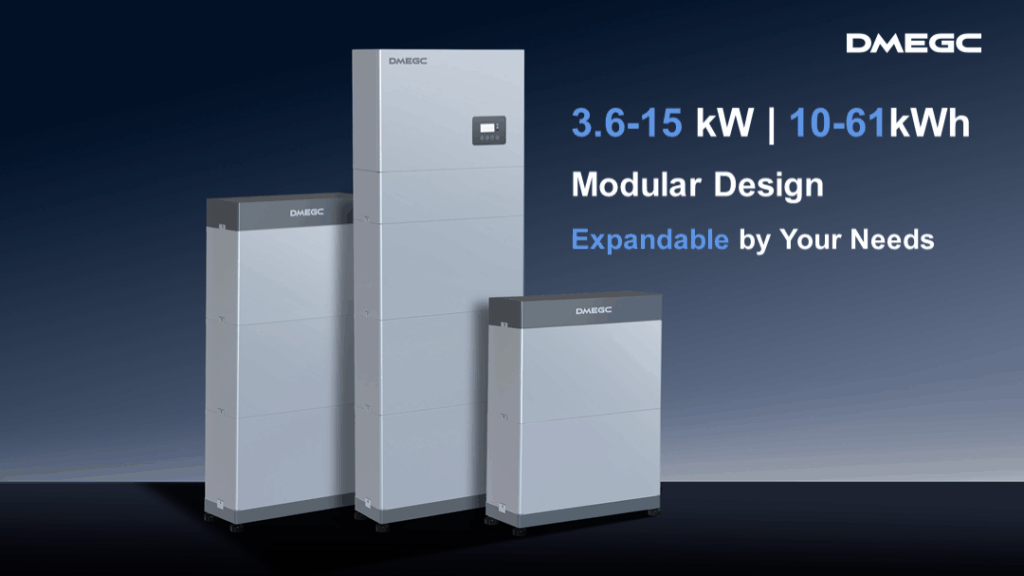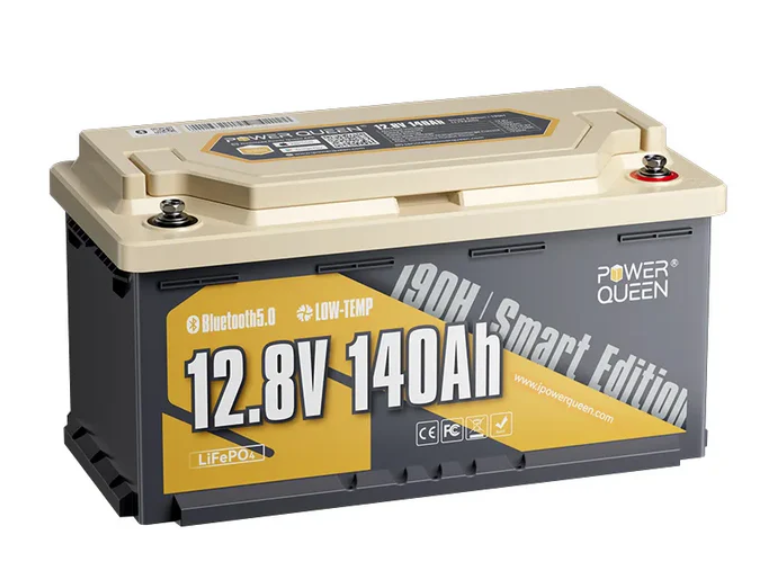Author


Lior Kahana
Advertisement
Articles written by Lior Kahana
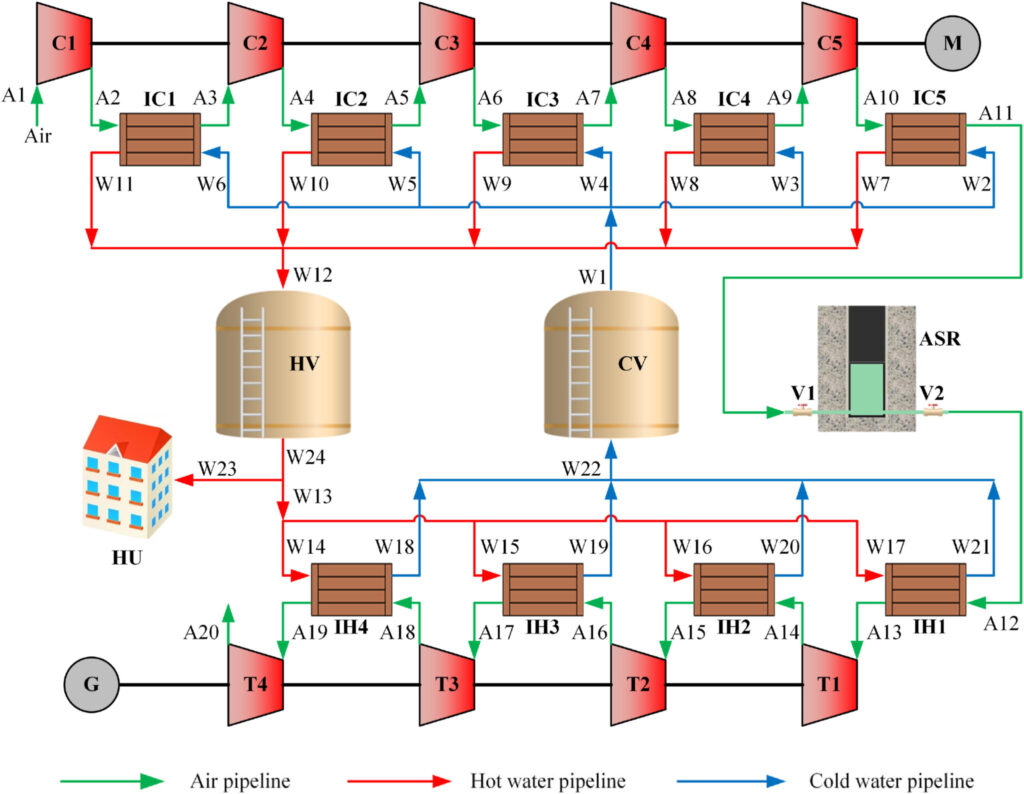
Compressed air energy storage enhanced by gravity
Scientists in China have simulated an advanced adiabatic compressed air energy storage, to which they added an elastic airbag with a heavy load situated above it. The energy, exergy, and economic analysis of the system showed that, due to the constant weight of the heavy load, the airbag’s pressure level remains unaltered during operation.
Jul 23, 2025
Advertisement

What’s behind the aging mechanism of sodium-ion batteries
Researchers in China have used electrochemical impedance spectroscopy to analyze the state of health of sodium-ion batteries. Extracting four features from the measurements, they were able to create a machine learning model for a temperature-resistant state of health estimation method.
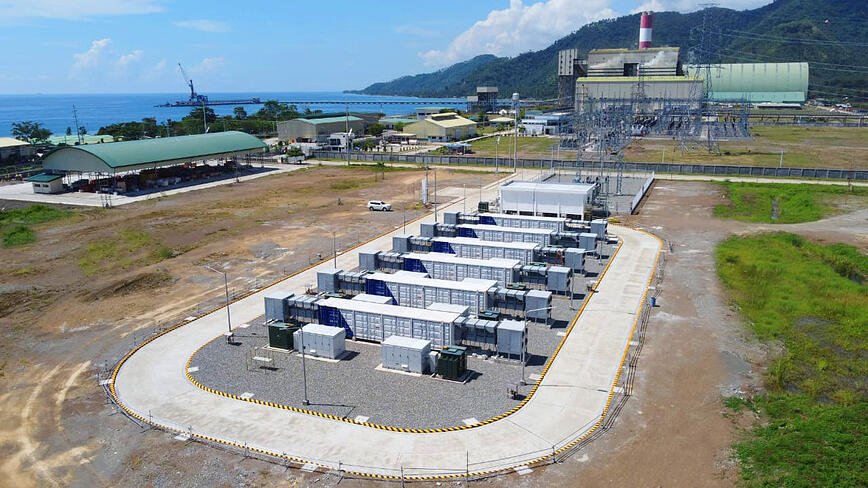
Researchers identify optimal level of solar, battery storage for Europe
Scientists in Hungary have developed a model to calculate the optimal PV and battery storage balance to support the European grid in the next few years. They found the cost-optimal range is 530 GW to 880 GW of solar, combined with battery storage equivalent to 2.5% to 7.5% of the total intermittent capacity.
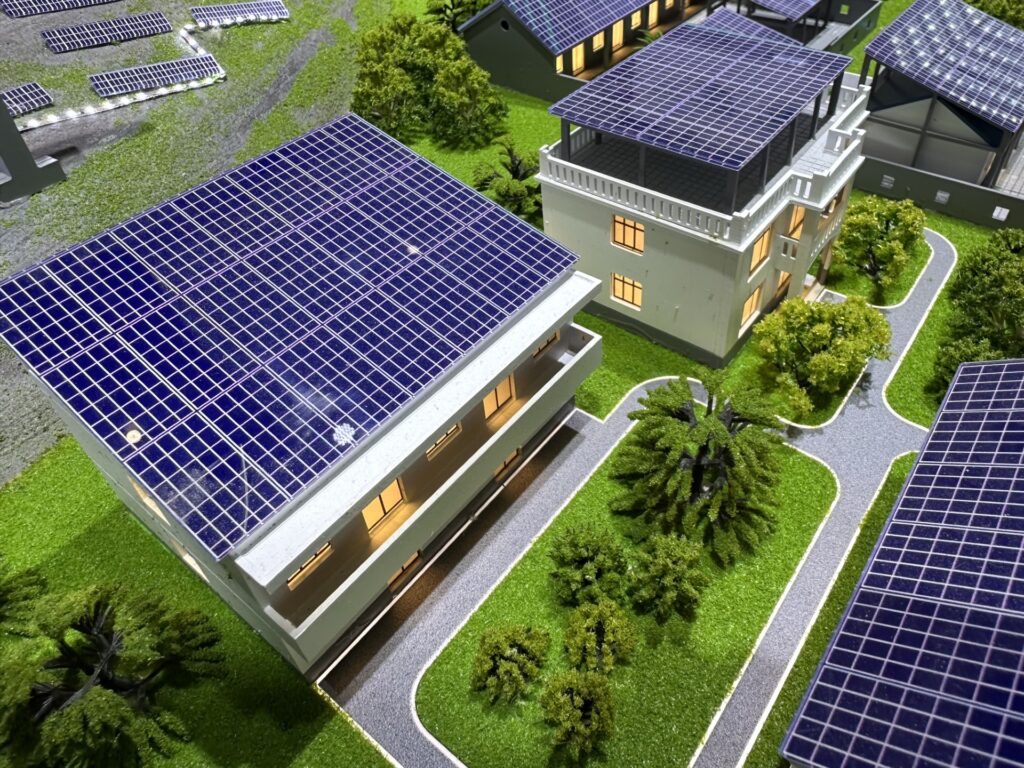
Novel sizing approach for smart home batteries, solar
Researchers in Iran found a 500 Wh battery paired with 1 kW of solar generation capacity – and operating under a dynamic home energy management system (HEMS) – could offer up to 96% arbitrage opportunity while managing factors such as market prices, uncertain grid supply etc.
Jul 04, 2025
Advertisement

WHES releases new C&I storage system series
WHES has launched a new series of commercial and industrial (C&I) storage systems with integrated hybrid inverters, offering capacities from 57 kWh to 100 kWh and PV input up to 96 kW. The China-based manufacturer claims the systems support 200% PV overloading.

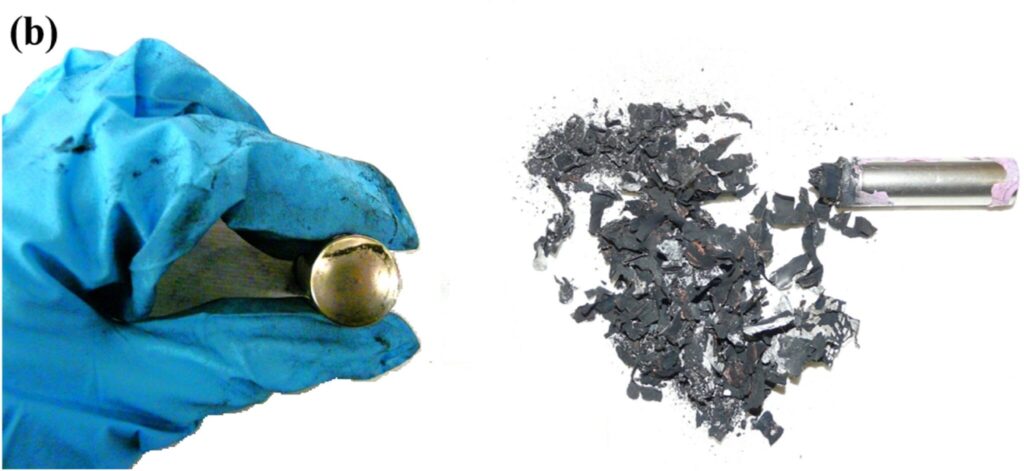
Comparing thermal runaway behavior of sodium-ion, lithium-ion batteries
Scientists in Germany have analyzed the thermal runaway behavior of sodium-ion batteries and lithium-ion batteries inside a 10-L reaction vessel. They have thermally abused 30 samples, each under a different state of charge level, and have found that both types suffered from runaway when the charge is at least 50%.
Advertisement
